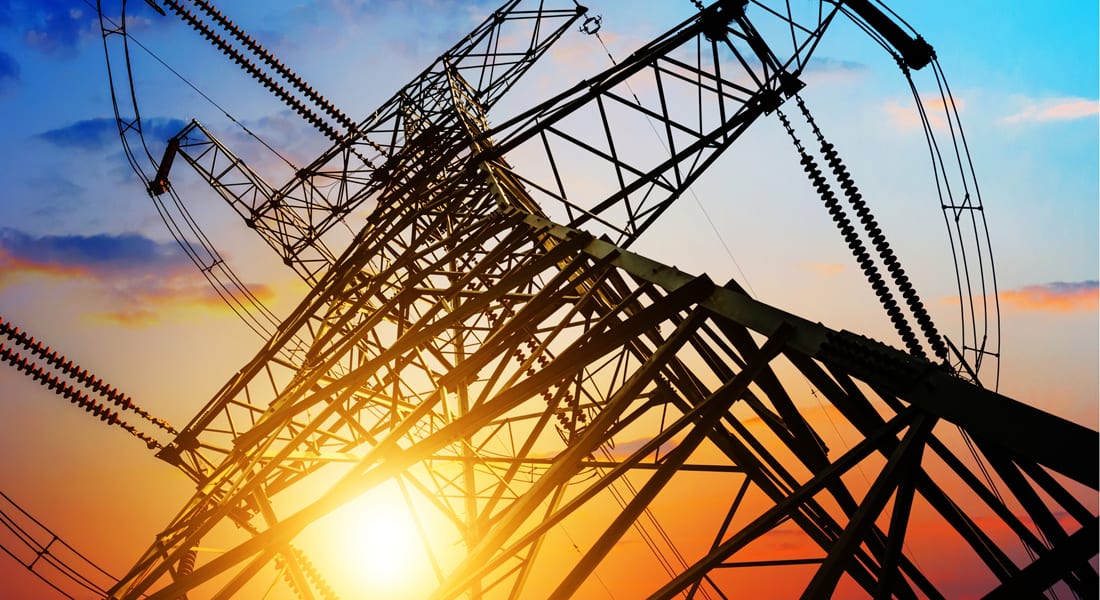Deregulation of the U.S. electric markets, the emergence of renewable sources of energy and new technologies means there are large risks to the grid.
Our nation’s electric grid is changing dramatically due to deregulation of electric markets, the introduction of renewable sources of energy such as solar and wind power, and the emergence of new technologies such as the smart grid and electric cars, according to Barry Lee, an associate professor in the Department of Mathematics at Southern Methodist University, Dallas.
“Such changes can lead to large risks in the grid, which are not very well understood,” said Lee, whose research addresses the issue.
The electric power grid is a complex mathematical system. In fact, some components of the emergent grid (for example, faster than real-time analysis of enormous amounts of collected data) have yet to be mathematically formulated, according to Lee in a report to the National Science Foundation. Collaboration between power grid engineers and mathematicians/statisticians will be beneficial for the design of low-risk, highly resilient systems.
Lee’s research goal is to mathematically analyze the stability and the effects of stochasticity — randomness created by renewable energy and new technologies — in the emerging power grid.
“I’m analyzing the mathematical equations governing the power grid, and modifications to them to handle the emerging grid, and developing computational algorithms to permit fast and accurate numerical simulations,” he said.
Lee collaborates on a grant project at the non-profit Argonne National Laboratory, Multifaceted Mathematics for Complex Energy Systems, which is funded by the U.S. Department of Energy’s Office of Advanced Scientific Computing Research. Argonne is operated by the University of Chicago for the DOE.
He and other mathematics researchers presented in February at the University of Wisconsin about the progress they’ve made over the past four years to address the power grid challenge.
“One of the problems in modeling power grids is the large number of equations that must be solved, and solved almost at real time, to react quickly enough to ameliorate instabilities of the power flow,” said Lee, who co-authored a 2014 DOE IEEE paper On the Configuration of the US Western Interconnection Voltage Stability Boundary.
To tackle that job, the Department of Energy is drawing on a broad range of research scientists from three Department of Energy labs and numerous universities, including SMU’s Lee.
His DOE presentation in February focused on model-reduction.
“The goal is to mathematically analyze and develop mathematical algorithms for solving power grid problems,” Lee said. “The idea is to take these large systems of equations, which model the physics, and reduce them to a much smaller size, for example from 10,000 equations to 500, but to do this in a systematic way in order to retain the physics in the smaller system. I presented a mathematical way to systematically derive these reduced models, based on stability conditions that must be preserved.”
Collaboration will be beneficial
Changes in the grid will affect the quality of delivered electric power to the consumer and will pose new risks and alter the resiliency of the power grid system. To understand and mitigate these risks and to strengthen the resiliency, mathematical and statistical techniques will be invaluable, according to National Science Foundation officials. The NSF brought together mathematicians and statisticians in 2015 for a workshop on the challenges to the electric grid.
Lee co-organized a 2015 NSF workshop and accompanying report on the issue: Risk and Resiliency of the Electric Power Grid: Mathematical and Statistical Challenges.
“Collaboration between power grid engineers and mathematicians/statisticians will be beneficial for the design of low-risk, highly resilient systems,” Lee and his co-author concluded.
Lee collaborates with mathematicians, engineers and physicists at the Lawrence Livermore, Pacific Northwest, and Argonne National Laboratories. For the past 15 years he has been affiliated with several Department of Energy national laboratories.
His research focuses on the mathematical modeling, numerical algorithmic development and scientific computing of large-scale industrial and laboratory applications. The NSF has featured Lee in an article about NSF-funded research on the grid:
Lee realizes that the power grid of today and the emerging grid of the future will be far different from those in 1965, and with those changes come new vulnerabilities. “One of the biggest vulnerabilities arises from instability of the grid. Moreover, a more recent vulnerability is cybersecurity because the power grid is online,” he said. […]
[…] Lee’s NSF-funded mathematical research develops models that include large systems of equations describing the angles and voltage magnitudes in the flow of electricity. By introducing cutting-edge mathematics and new algorithms to collaborating power engineers, he’s able to help them better prepare for potential surges and system ruptures and maintain a stable power grid.
Click to read the full NSF article.
Central to Lee’s research is development of schemes that deliver optimal computational efficiency on serial and large-scale parallel computer platforms. Thus, an essential component of his research is computational linear algebra, particularly scalable multigrid and multilevel methods.
His current research interests include efficient methods for the Boltzmann transport equation (neutron/photon transport), Maxwell equations (fusion), equations of elasticity (structural designs), general coupled systems of elliptic partial differential equations (multi-physics and uncertainty quantification), and large systems of algebraic-differential equations (electric power grid networks).
